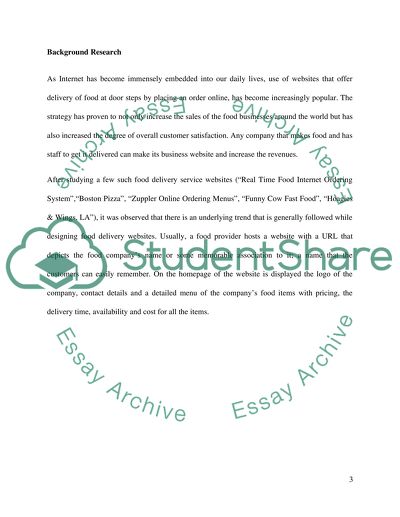Cite this document
(“Web Development for Information Management Coursework”, n.d.)
Retrieved from https://studentshare.org/information-technology/1589229-web-development-for-information-management
Retrieved from https://studentshare.org/information-technology/1589229-web-development-for-information-management
(Web Development for Information Management Coursework)
https://studentshare.org/information-technology/1589229-web-development-for-information-management.
https://studentshare.org/information-technology/1589229-web-development-for-information-management.
“Web Development for Information Management Coursework”, n.d. https://studentshare.org/information-technology/1589229-web-development-for-information-management.


